Search Fellows
Click on a Fellow below to view more information or create your own search.
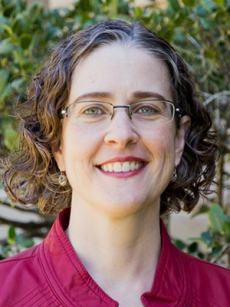
Mary Campbell
Texas A&M University
Visiting Scholar
2025 to 2026
Campbell and Wendy Roth will examine how racial and ethnic identification change among multiracial individuals over time. They will investigate how patterns vary across racial and ethnic groups and will investigate the importance of demographic, socioeconomic, and geographic characteristics for predicting patterns of change. They will analyze data from the census, the American Community Survey, and Social Security records.
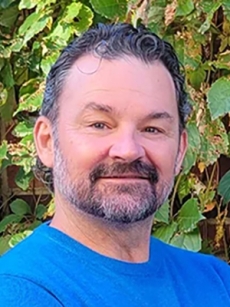
Michael Campbell
University of Denver
Visiting Scholar
2025 to 2026
Campbell and Heather Schoenfeld will examine factors that influenced states to reduce their prison populations in the first decade of the 21st century by investigating differences in prison reform activity across states. They will analyze the obstacles confronting reformers and the strategies they employed to overcome some of these challenges. Their research will consist of comparative case studies of six states: New Jersey, Pennsylvania, Michigan, Illinois, Georgia, and Florida.
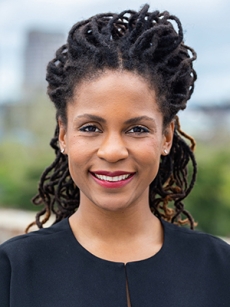
Orly Clergé
University of California, Davis
Visiting Scholar
2025 to 2026
Clergé will work on a book project that explores the political consciousness of Black youth. Using historiography and ethnography, the book reveals the everyday conditions of racial and class inequality that shape Obama era Black youth’s political identity, solidarities, and visions for a just future during their adolescence and transitions to adulthood.
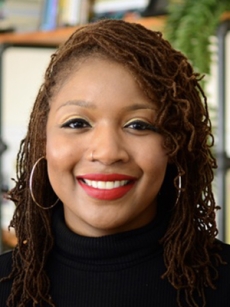
Christina Cross
Harvard University
Visiting Scholar
2025 to 2026
Cross will examine the varying impact of single parenthood on academic, mental health, and behavioral outcomes among African American, White, Latino, and Asian children. She will also investigate what factors may cause variation in the effects of single parenthood, such as nonresident father involvement, pathways to single parenthood, and social stigma related to single parenthood. She will analyze data from the National Longitudinal Study of Adolescent to Adult Health.
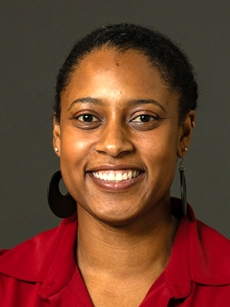
Arianne Eason
University of California, Berkeley
Visiting Scholar
2025 to 2026
Eason will interrogate the psychological causes for why children and adults maintain and perpetuate racial segregation, using survey and experimental methods. She hypothesizes that there is a mutually reinforcing cycle of segregation whereby structural segregation instills the perception that people prefer same-race peers. In turn, these perceptions are used to justify continued racial segregation.

Seth K. Goldman
University of Massachusetts, Amherst
Visiting Scholar
2025 to 2026
Goldman will examine how people of color respond to and understand popular media narratives about demographic changes, particularly the “majority-minority” shift, in which people of color are predicted to become the numerical majority. His project will consist of media content analysis and a nationally representative panel survey with large samples of Asian, Black, Latino, multiracial, and White Americans conducted by Goldman and an interdisciplinary team of researchers.
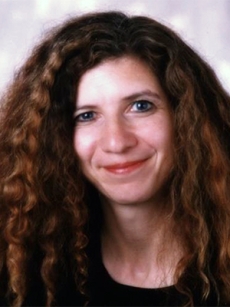
Heidi Gottfried
Wayne State University
Visiting Scholar
2025 to 2026
Gottfried and Ruth Milkman will examine the complexities of the fast-growing U.S. home care labor market. They will compare formal employment in the Medicaid-funded market segment, formal employment in the privately paid segment, and the 'gray market,' in which clients hire home care workers through informal networks and pay them directly. The project draws on original interviews and survey data collected by Gottfried and Milkman.
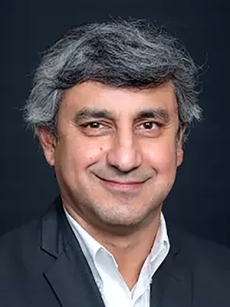
Ajay Mehrotra
Northwestern University and American Bar Foundation
Visiting Scholar
2025 to 2026
Mehrotra will examine why the U.S. has historically resisted a broad-based national consumption tax, such as a value-added tax (VAT), and what that resistance reveals about inequality. His historical analysis of tax policy will investigate the role of fiscal experts in advancing or inhibiting a consumption tax, how different political interests have exerted power over the lawmaking process to support or oppose such taxes, and how historical events have created obstacles for supporters of a national consumption tax.
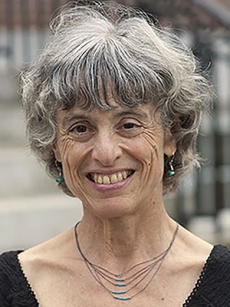
Ruth Milkman
City University of New York
Visiting Scholar
2025 to 2026
Milkman and Heidi Gottfried will examine the complexities of the fast-growing U.S. home care labor market. They will compare formal employment in the Medicaid-funded market segment, formal employment in the privately paid segment, and the 'gray market,' in which clients hire home care workers through informal networks and pay them directly. The project draws on original interviews and survey data collected by Milkman and Gottfried.
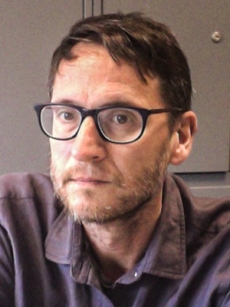
Francesc Ortega
City University of New York
Visiting Scholar
2025 to 2026
Ortega will examine how recent reforms to the National Flood Insurance Program have impacted disadvantaged communities in flood-prone areas. He will also analyze administrative data on flood insurance policies and the American Community Survey to evaluate additional reforms, such as extending insurance mandates.
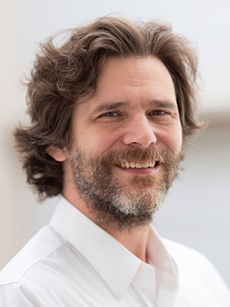
John Patty
Emory University
Visiting Scholar
2025 to 2026
Patty and Elizabeth Penn will examine how algorithms that classify people, such as the FICO credit score and Equivant’s COMPAS recidivism risk scoring algorithm, shape individual behavior and social outcomes. Their research will address questions such as how society should regulate algorithms and how issues of individual liberty and privacy should shape such regulations. They will utilize game theoretic modeling, interviews, and historical analysis of classification algorithms for their project.
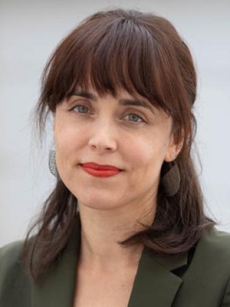
Elizabeth Penn
Emory University
Visiting Scholar
2025 to 2026
Penn and John Patty will examine how algorithms that classify people, such as the FICO credit score and Equivant’s COMPAS recidivism risk scoring algorithm, shape individual behavior and social outcomes. Their research will address questions such as how society should regulate algorithms and how issues of individual liberty and privacy should shape such regulations. They will utilize game theoretic modeling, interviews, and historical analysis of classification algorithms for their project.
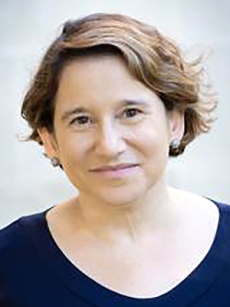
Wendy Roth
University of Pennsylvania
Visiting Scholar
2025 to 2026
Roth and Mary Campbell will examine how racial and ethnic identification change among multiracial individuals over time. They will investigate how patterns vary across racial and ethnic groups and will investigate the importance of demographic, socioeconomic, and geographic characteristics for predicting patterns of change. They will analyze data from the census, the American Community Survey, and Social Security records.
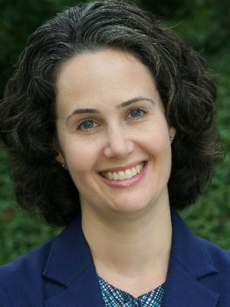
Heather Schoenfeld
Boston University
Visiting Scholar
2025 to 2026
Schoenfeld and Michael Campbell will examine factors that influenced states to reduce their prison populations in the first decade of the 21st century by investigating differences in prison reform activity across states. They will analyze the obstacles confronting reformers and the strategies they employed to overcome some of these challenges. Their research will consist of comparative case studies of six states: New Jersey, Pennsylvania, Michigan, Illinois, Georgia, and Florida.
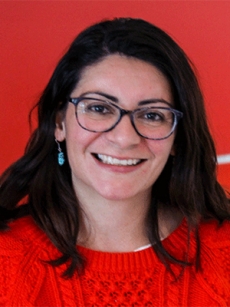
Karen Ivette Tejada-Peña
University of Hartford
Visiting Scholar
2025 to 2026
Tejada-Peña will complete a book examining the impacts of “crimmigration” – the merging of the criminal justice and immigration systems – on Salvadorans in Long Island, New York. She argues that gang-related enforcement efforts are one way to facilitate this "racial project" and fuel the deportation machinery.

Van Tran
City University of New York
Visiting Scholar
2025 to 2026
Tran will examine the life experiences of vulnerable Asian Americans, including disadvantaged refugee groups and low-income older Asians. His work broadens established narratives of Asian American success by focusing on a less visible segment of the Asian population. He will explore the consequences of growing intra-Asian diversity on future data-collection efforts, including the use of Asian oversamples to collect ethnicity-level data and the inclusion of language-appropriate survey instruments in national surveys.
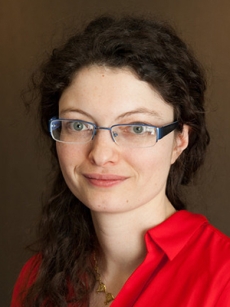
Elizabeth Wrigley-Field
University of Minnesota
Visiting Scholar
2025 to 2026
Wrigley-Field will analyze how demography enables and constrains cultural and political change through population ties to historical events and experiences. For example, she will investigate the high death rates of older Black Americans during the COVID-19 pandemic reduced the number of Black Americans who have a living relative who experienced Jim Crow and the Civil Rights Movement and how this may impact political engagement. Her project will draw on historical vital statistics, data from the IPUMS Multigenerational Linkage Project, and demographic models.
